Spoiler Alert – There are so many clues in this little quiz, that I confidently predict that most readers will correctly guess the answer before reaching the end.
i. who was named after a fictional ‘ lost boy who never grew up’ created by his godfather?
ii. Was the only child of a famous polar explorer?
iii. Was a huntsman turned ‘Father of Conservation’?
iv. Won a bronze medal for England in sailing at the 1936 Berlin Olympics?
v. Became a British gliding champion?
vi. Ice skated at the British National Championships?
vii. Presented the BBC’s first ever natural history programme in 1953 live from his home
viii. Started the World Wide Fund for Nature, designing the logo of himself?
ix. Was described by Sir David Attenborough as ‘The patron saint of conservation’?
The answer is of course Sir Peter Markham Scott (September 1909 – August 1989)
Peter was named after Peter Pan, the character created by his godfather J M Barrie. He was the only child of one of the world’s most famous explorers, Robert Falcon Scott (Scott of the Antarctic). In his last letter home before he died on his ill-fated mission to the South Pole, Robert Falcon Scott urged his wife to: “Make the boy interested in natural history if you can, it’s better than games”.
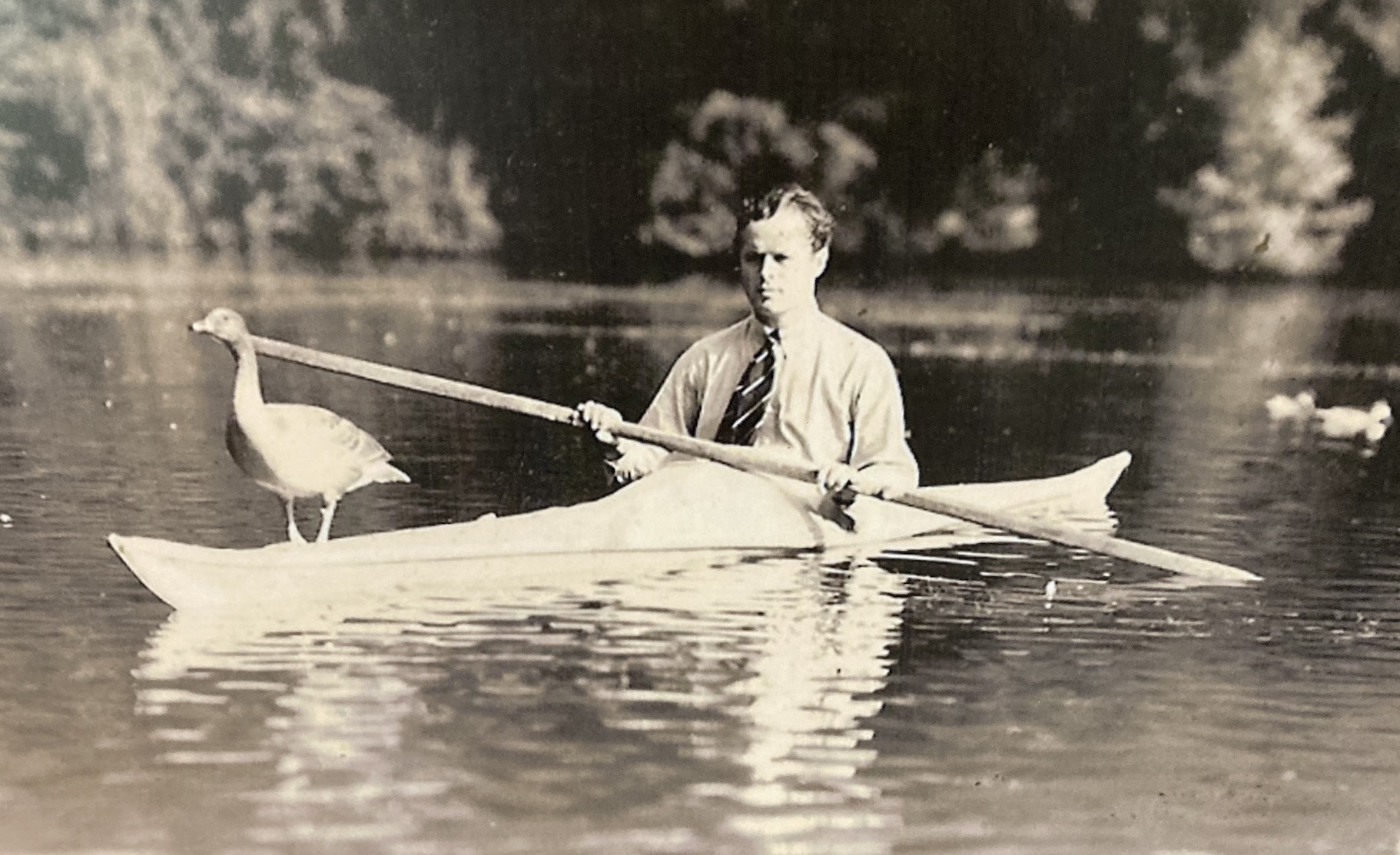
Young Peter Scott
He was educated in our region, attending Oundle School (on the river Nene) and Trinity College, Cambridge. He shot birds as an undergraduate, but also painted them professionally. As his interest in ornithology grew, he abandoned hunting and became interested in the conservation of his former prey.
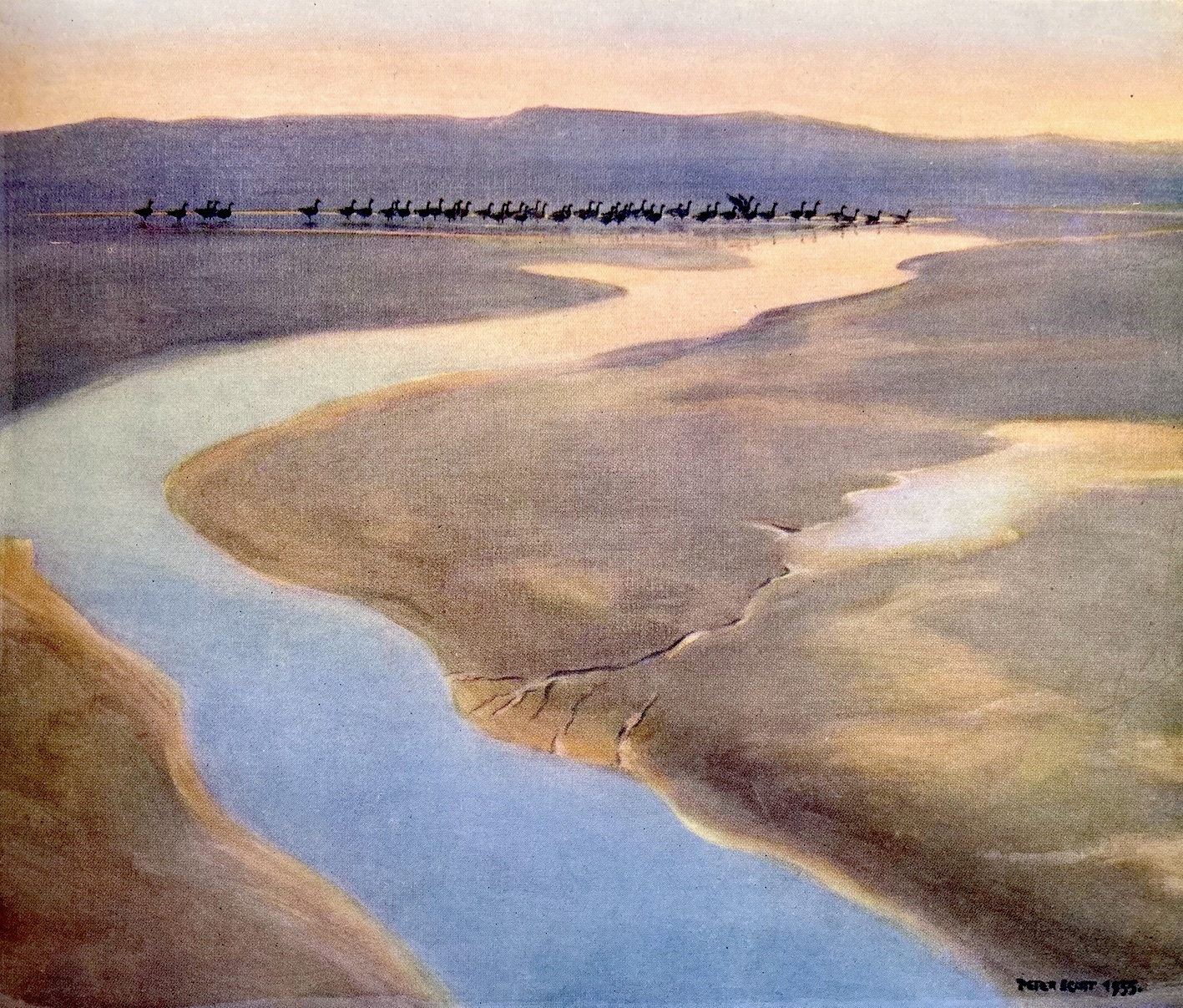
Peter Scott’s painting
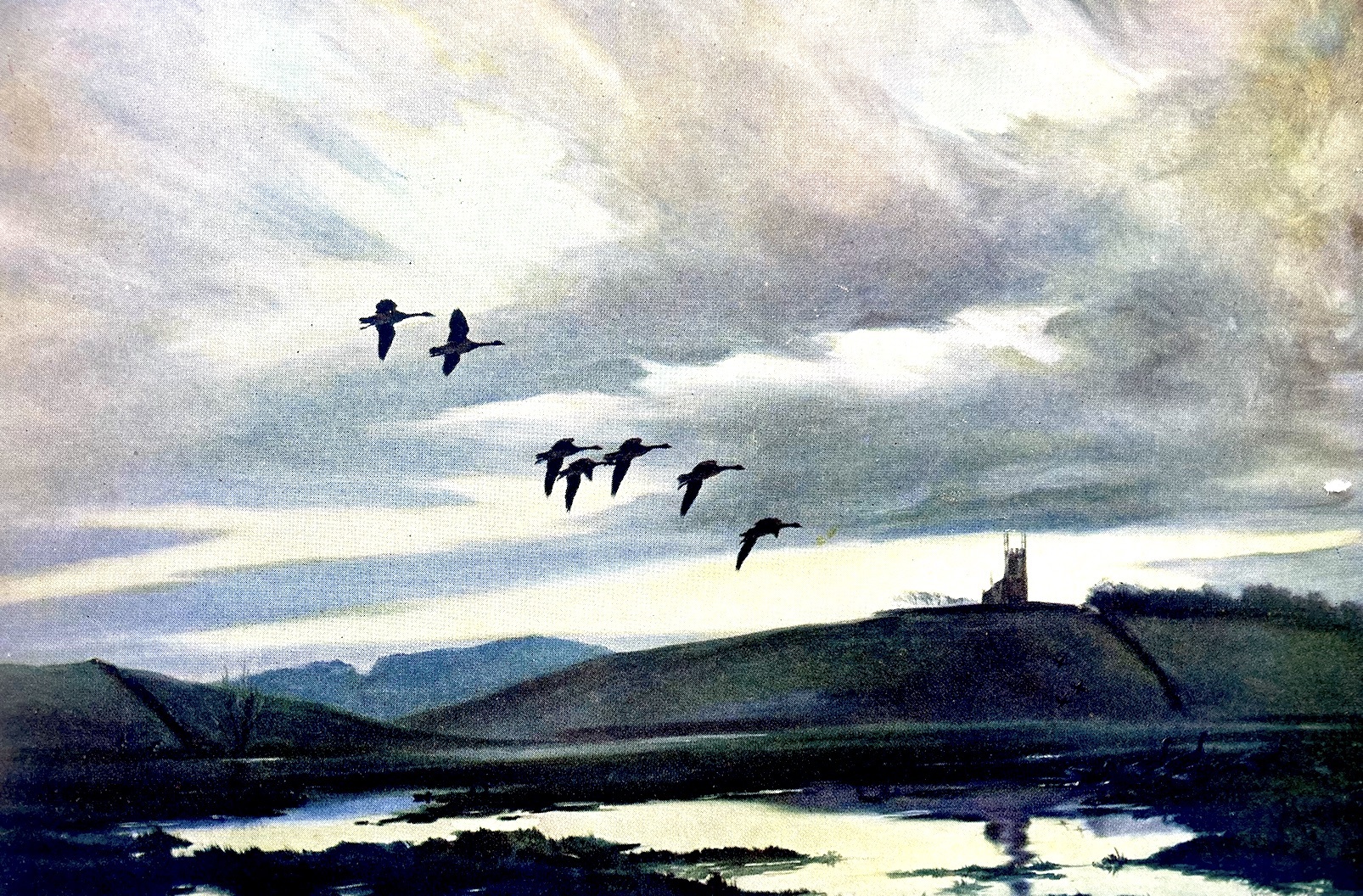
Another one of Peter Scott’s paintings
He was an accomplished sportsman, winning a bronze medal at the 1936 Olympic Games for sailing, becoming the British gliding champion in 1963 and a national championship standard iceskater.
He presented the BBC’s first ever natural history programme live from his Slimbridge home in 1953. Sir David Attenborough sites Sir Peter’s pioneering TV career as his inspiration and calls him his ‘hero’ and the ‘patron saint of conservation’.
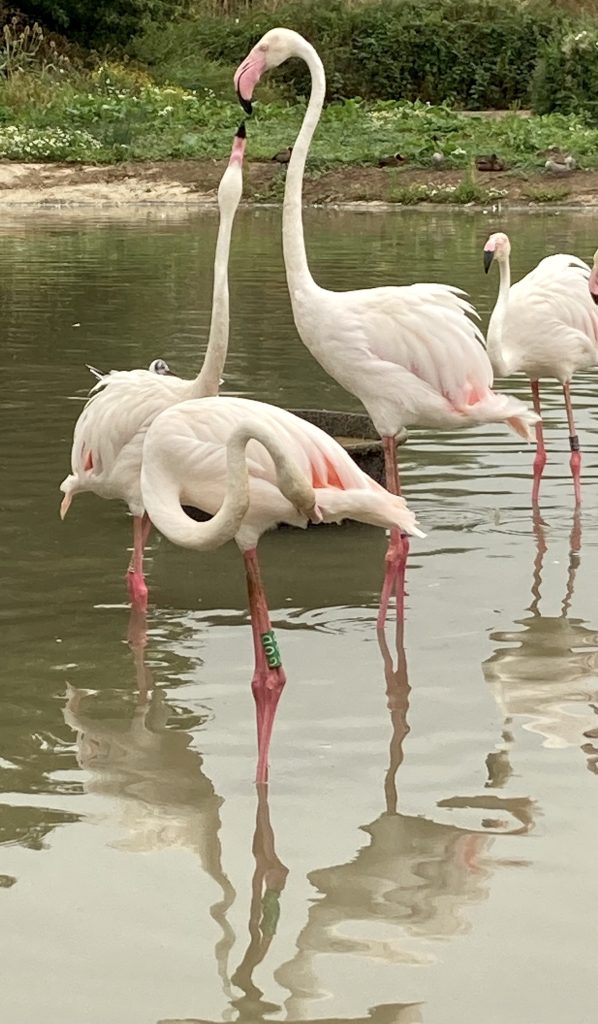
Slimbridge now
As you leave the estuary of the river Nene, twin lighthouses stand sentinel either side of the river at Sutton Bridge. These were built in 1831 to designs by John Rennie (architect of Westminster Bridge and Denver Sluice). The eastern of these, was bought in 1933 by Peter Scott.
At this remote spot, he established his first bird sanctuary (before going on to set up the World Wildfowl and Wetlands Trust based at Slimbridge). InH 1941 his friend, the American novelist Paul Gallico, published The Snow Goose. This was based on their observations of Pink-footed geese at Sutton Bridge (the setting of the book was changed from Sutton Bridge to Essex, and the Snow Goose is actually native to North America and rarely found in the British Isles).
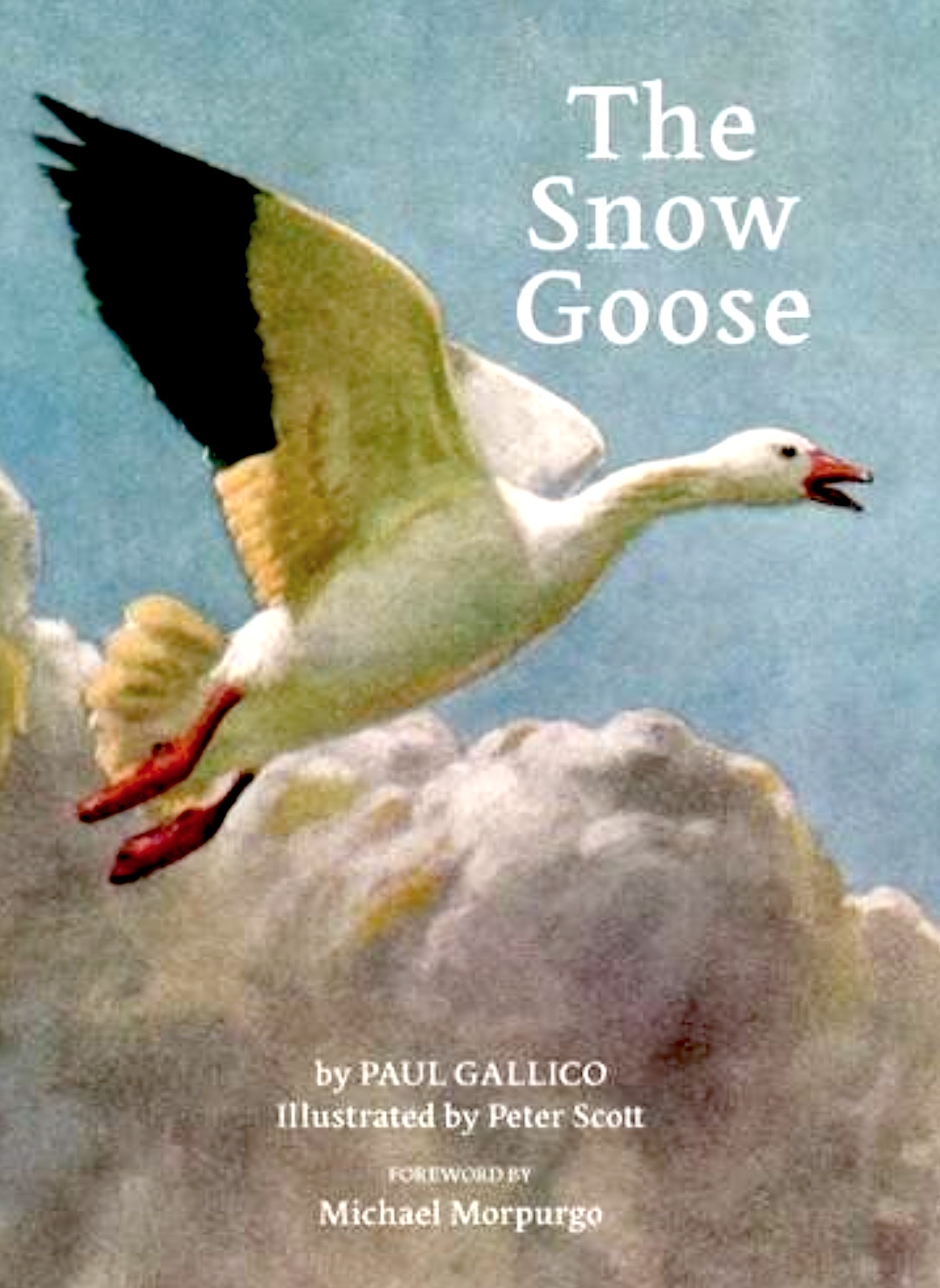
The Snow Goose
Scott married the novelist Elizabeth Jane Howard in 1942 and they had a daughter, Nicola, born a year later. Howard left Scott in 1946 and they were divorced in 1951. At this time she was employed as part-time secretary to the pioneering canals conservation organisation the Inland Waterways Association. There she met and collaborated with Robert Aickman, who along with Tom Rolt is accepted as one of the ‘founding fathers of canal restoration’. Elizabeth went on to become a successful novelist, going on to marry Kingsley Amis. Her remarkable life is recorded in her autobiography ‘Slipstream’ and several biographies. Sir Peter’s equally remarkable life and work is similarly recorded in several books.